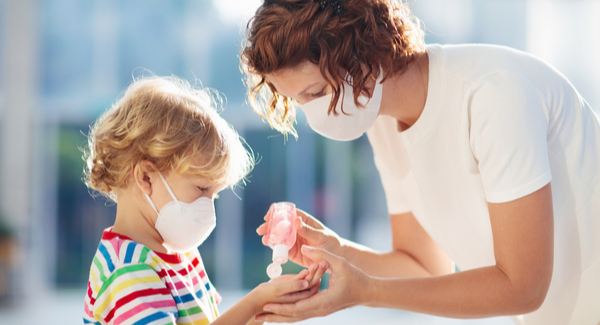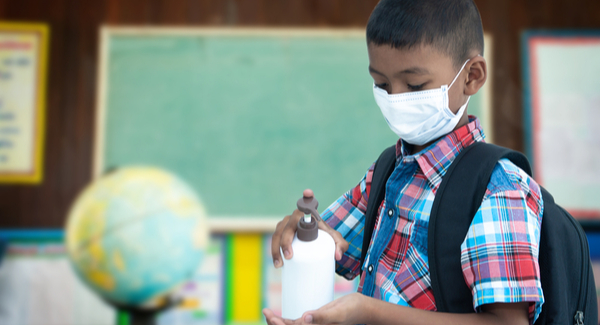Expert Q&A: Childhood Sports and COVID-19
A pediatric infectious disease expert weighs in on the safety of childhood sports and other extracurricular activities during the coronavirus outbreak.
Question: When will I know it’s safe for my child to participate in after-school sports or other extracurricular activities again?
Answer:
I wish I could say with certainty when it’s going to be safe for children to participate in activities they love. I know how important extracurricular activities and sports are to a child’s mental, physical and emotional health, especially during stressful times. Unfortunately, this virus doesn’t have a timeline and there’s no perfect solution that will make returning to these activities completely safe any time soon.
What it comes down to is your family’s level of risk acceptance. If participating in sports or hobbies is something you believe is critical to your child’s wellbeing, you have to be willing to accept the risks that come with the territory.
That said, some activities are safer than others. When comparing risks of various activities, spacing and environment are key factors. Will the activity allow your child to participate from a safe distance (at least six feet, preferably more) from others? The more space, the better.
Keep in mind it’s impossible to participate from a safe distance in activities like soccer, basketball and football. For contact sports like these and many others, the short answer is that there’s no safe way to participate. So that’s a decision you’ll have to make with your family and child’s interests in mind.
Outdoor activities are far safer than indoor activities. The data show that this virus is much less likely to transmit outdoors than indoors.
Solo sports like golf or swimming may be better options, given there adequate spacing between participants (swim lanes, etc.). Outdoor pools are better than indoor ones.
Another option may be to widen your child’s bubble to other families in the neighborhood. Again, there’s always a risk when expanding your quarantine circle. Doing so requires a trust that others are taking the appropriate measures to keep themselves, and by default your family, safe. But doing the math, there’s less of risk of infection if a few kids kick around a soccer ball, versus a field of 20 or so players.
As time goes on, and we learn more about this virus, other solutions may open up to make activities safer. In the meantime, keep up with measures we know to help protect your family and limit the risk of exposure, including wearing masks (except for children 2 and under), practicing adequate social distancing (at least 6 feet or more) and frequent hand washing.
David Cennimo, MD
Assistant Professor of Medicine-Pediatrics Infectious Disease
Associate Program Director, Internal Medicine and Pediatrics Residency Program
Rutgers New Jersey Medical School

Stay in the Know. Live in the Yes.
Get involved with the arthritis community. Tell us a little about yourself and, based on your interests, you’ll receive emails packed with the latest information and resources to live your best life and connect with others.



